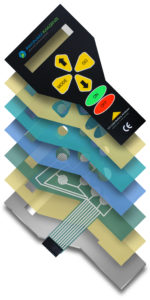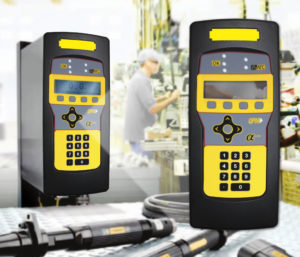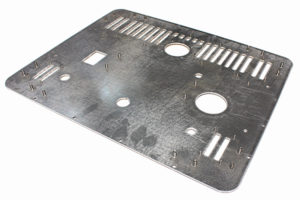Selecting a membrane switch supplier should be easy. However, seemingly simple printed keypads can cause a lot of problems such as unexpected costs, poor material choices, manufacturing inexperience and just plain poor customer service. To make sure your next switch order meets your requirements and expectations, here is a quick checklist of the top five things to consider when selecting a vendor:
1. Pick a partner with experience with your application.
The most common cause of switch failure is a mis-match between the materials used and the operating environment. Make sure your vendor understands the end-use application. Does it include chemical exposure, cleaning solutions, moisture or heat? Should the switch be backlit and if so,
how low is the lighting (i.e. how strong of backlighting do you need/want)? How will the switch be mounted or attached to your product?
Based upon those requirements you may choose between a copper vs. silver printed circuit, an embossed button vs. a silicone keypad or individual LEDs vs. a light guide film that evenly lights and an entire section of your switch.
2. Think about how you will install the switch onto your product.
It’s easy to provide a switch with pressure-sensitive adhesive on the back of your switch, but is your vendor using the right adhesive? Depending upon the application surface, you may require a high-service energy (HSE) or low-surface energy (LSE) adhesive.
High energy surfaces include metals, some plastics, epoxy, polycarbonate, fiberglass and acrylic materials: these items accept almost any type of PSA. Low energy surfaces include plastics such as polystyrene, polyethylene, polypropylene and some coatings like Teflon®: these items exhibit weaker attraction and require specialized LSE adhesives.
Perhaps you need the structural rigidity of a metal back panel with studs for easy mounting. Make sure your partner has in-house metal fabrication capabilities so the design mates seamlessly with your part and there are no delays or markups from outsourcing.
3. Pick an ISO certified partner with US-based design staff.

4. Pick a responsive partner—not just for quotes, but also design/manufacturing changes.
Good customer service and design should be the norm, but it isn’t. A secret shopping exercise uncovered a wide range of response times to quotes and change orders from minutes to days. If you feel your current supplier is slow to react, try a new vendor. However, watch out for unexpected costs like Non-Reoccurring Expenses (NREs) or high-unit costs at low volumes.
5. What about other product identification like nameplates, barcode labels or safety placards?
Think about all your identification needs and pick a partner who can also provide your product’s nameplates, barcode labels and safety placards. Bundling your switch job with other printed products may lower piece price and reduce paperwork by working with a single vendor.



